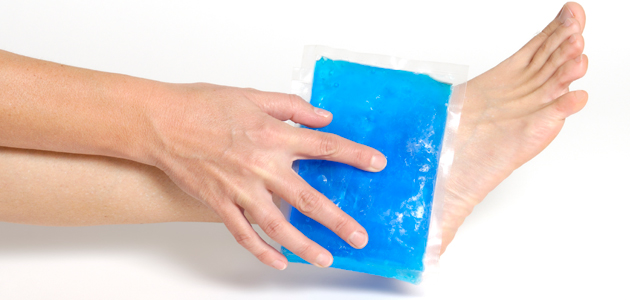Introduction
For decades, applying ice has been a go-to treatment for acute injuries like sprains and strains. But in recent years, experts have debated whether icing is truly beneficial—or if it might even slow recovery. So, should you ice an injury or not? Let’s explore the science behind icing and the best strategies for optimal healing.
The Traditional R.I.C.E. Method
For many years, the R.I.C.E. method (Rest, Ice, Compression, and Elevation) was the standard recommendation for acute injuries. Ice was thought to reduce swelling, ease pain, and prevent further tissue damage. However, new research suggests that while ice helps with pain relief, it may also delay the body’s natural healing process.
The Case Against Icing
Recent studies indicate that inflammation is a necessary part of healing. When you apply ice to an injury, it constricts blood vessels, reducing blood flow and slowing down the inflammatory response. While this might temporarily reduce swelling, it can also delay the body’s ability to repair damaged tissues.
Dr. Gabe Mirkin, the creator of the R.I.C.E. method, has since revised his stance, stating that icing may actually hinder recovery by preventing necessary inflammatory processes. Instead of focusing solely on reducing swelling, experts now suggest a more balanced approach to injury management.
When Should You Ice?
Despite the debate, icing still has its place in injury management, particularly for short-term pain relief. Situations where ice may be beneficial include:
Immediately after an acute injury to numb pain and reduce excessive swelling.
For post-surgical recovery (if recommended by a healthcare provider).
To manage chronic inflammation in conditions like tendonitis, but only in the short term.
If you do use ice, apply it for no more than 15-20 minutes at a time, with at least an hour break between applications to avoid tissue damage.
The Alternative: M.E.A.T. Approach
Instead of R.I.C.E., many physiotherapists now recommend M.E.A.T. (Movement, Exercise, Analgesics, and Treatment). This method encourages gentle movement and rehabilitation to promote circulation, tissue repair, and strength recovery.
Key Benefits of M.E.A.T.:
Movement: Keeps blood flowing and prevents stiffness.
Exercise: Strengthens surrounding muscles and supports healing.
Analgesics: Pain relief through non-ice methods like heat or medication.
Treatment: Physiotherapy techniques, such as manual therapy and guided exercises.
So, Should You Ice or Not?
The answer depends on your specific injury and goals. If you need temporary pain relief, ice can be useful. But if you want to accelerate healing, focusing on movement and rehabilitation may be the better approach.
If you’re unsure about the best treatment for your injury, consult a physiotherapist at Shellharbour Health. Our team can provide personalized advice and treatment plans to ensure optimal recovery.
Need Expert Injury Management?
Book an appointment with Shellharbour Health today and get expert guidance for your recovery.



